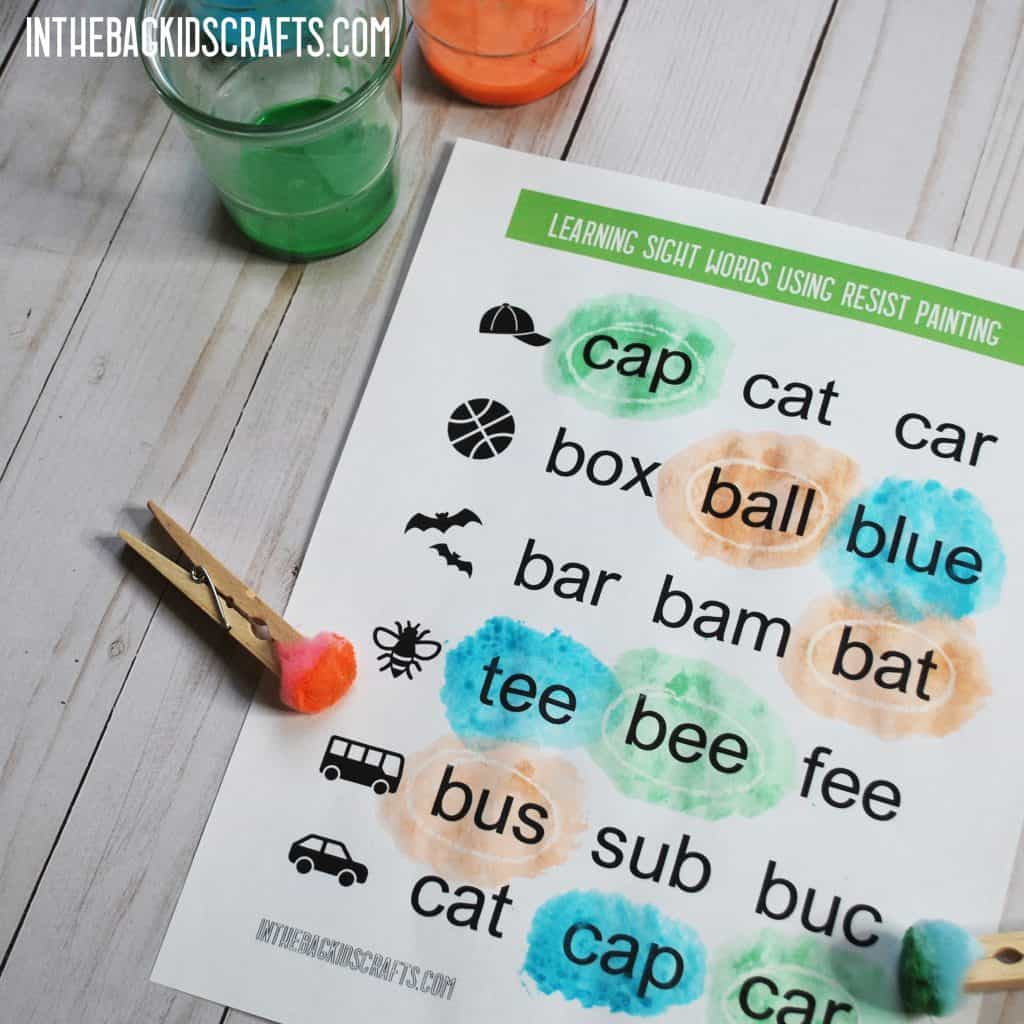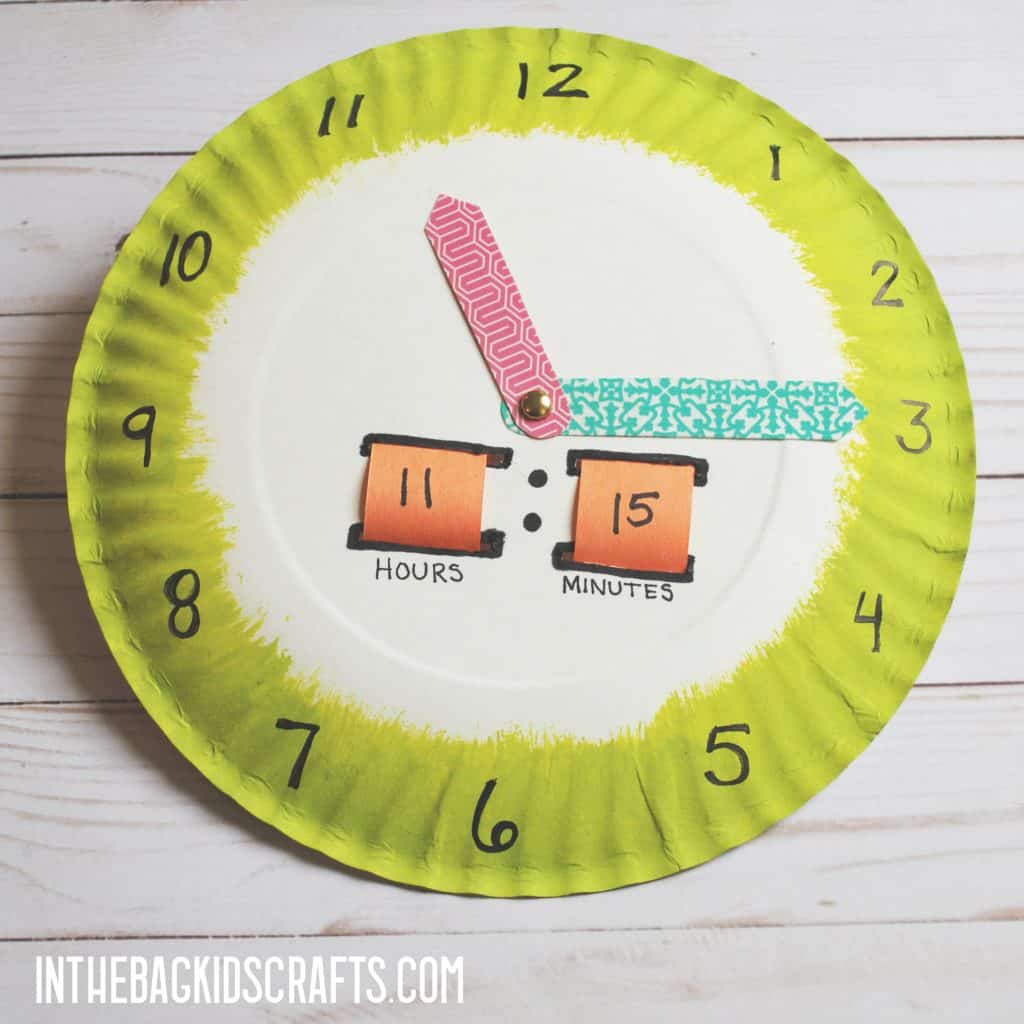7 Brilliant Math Manipulatives to Use at Home
Some of the very best math manipulatives are in your own home already, right in your craft bag!
Learning mathematics can be super challenging for many kids. It is a proven fact that children learn best through play and when engaged in hands-on activities. If you need some evidence of this, check out this article from Scholastic. And this article from Stanford Graduate School of Education helps us understand how children learn math best, including having visual representations of number facts. But you do not need to go out and spend money to help your children learn math better. Just look as far as your craft bag, and you have everything that you will need. Check out these 7 brilliant math manipulatives to use at home. Whether it is just for a little extra practice or for learning virtually, using hands on activities will help the learning process along.
This post contains affiliate links, which means if you make a purchase through these links, I may receive a small commission at no extra cost to you. Click here to read my full disclosure policy.
And if you want to take it up another notch and invest in some more hands on learning activities, this is a great website to try out. They even have teach at home lessons for grades K-5…
Hand2Mind Teaching Resources
Save these ideas for learning math for later! Pin it to your favorite Pinterest board…

Here at inthebagkidscrafts.com we stick to a master list of craft supplies that are used for every single project (more than 150 and counting!). That list is made up of 29 items which are all inexpensive and fit into one bag. Some of the items I am sure you will not even have to shop for since you have them in your home already (like q-tips). Once you fill your bag, you are ready to go. When you find yourself with a few spare minutes and want to connect with the kids, just pull out the bag, pick a craft they will like and get to making something! Go to our “Fill Your Bag” page for the full list of supplies, including Amazon links to make your life easier (I am a Prime girl!)
Pompoms
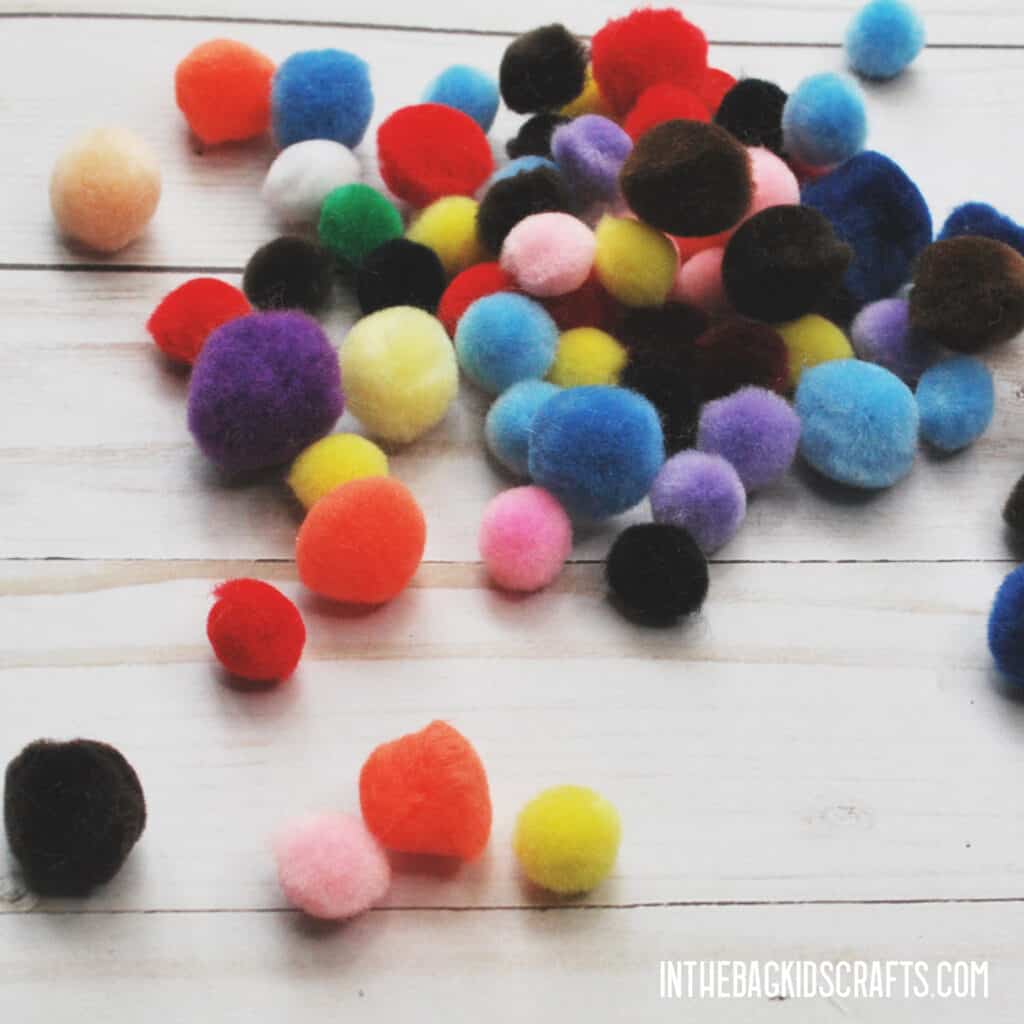
Pompoms come in all kinds of sizes and colors. So, they are great for sorting, counting, putting into patterns, etc. Plus they feel soft, which means great sensory feedback when you are using them.
Elmer’s Glue
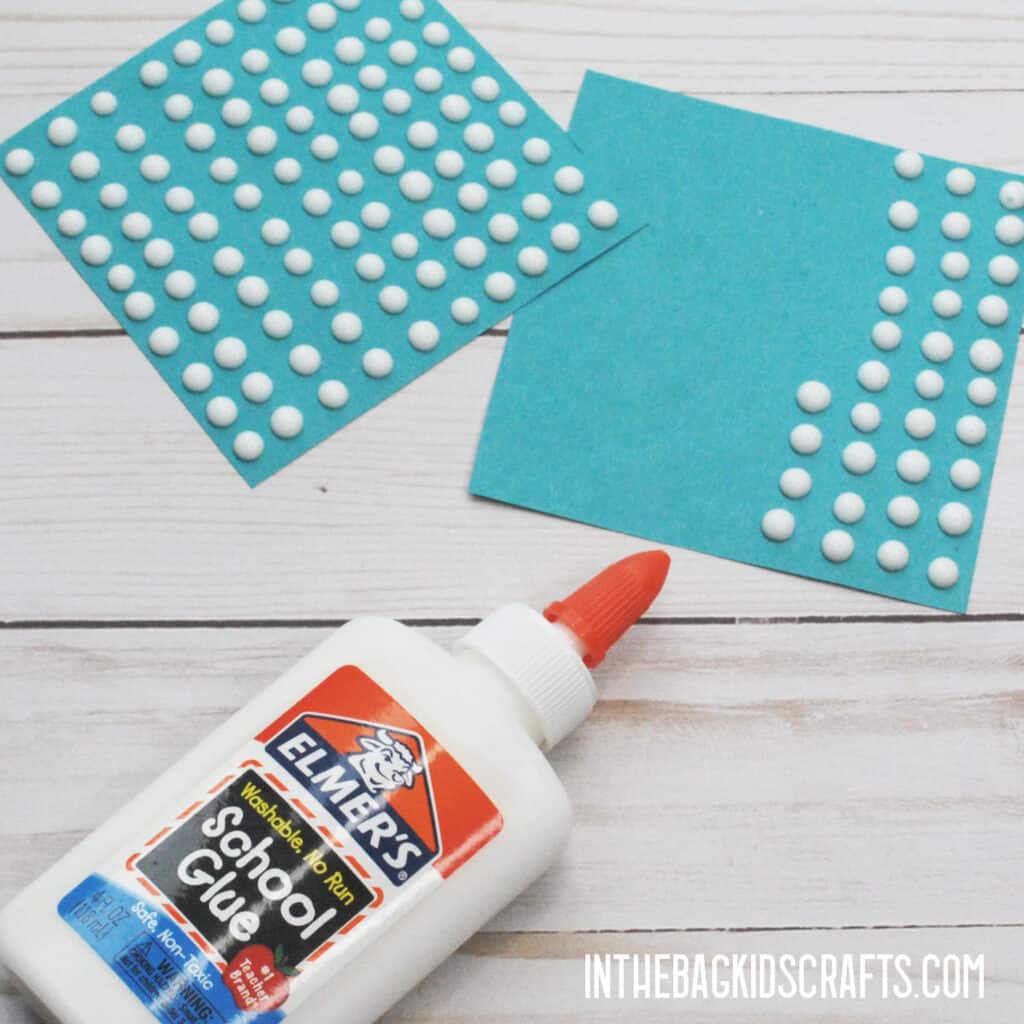
I have never met a kid yet who did not absolutely love playing with glue. It’s time to turn that play into learning math! Here are a couple of ideas:
- Trace your math problems with glue while saying them out loud. This will add audio and tactile elements for our learners who do better with more than just visual.
- On a square of construction paper, make 10 rows of 10 dots. Then you can cut them apart or use them as a whole as math manipulatives.
- Prewrite numbers on a separate piece of paper and let the glue dry. Then use it as a crayon rubbing activity when answering math problems.
Q-tips
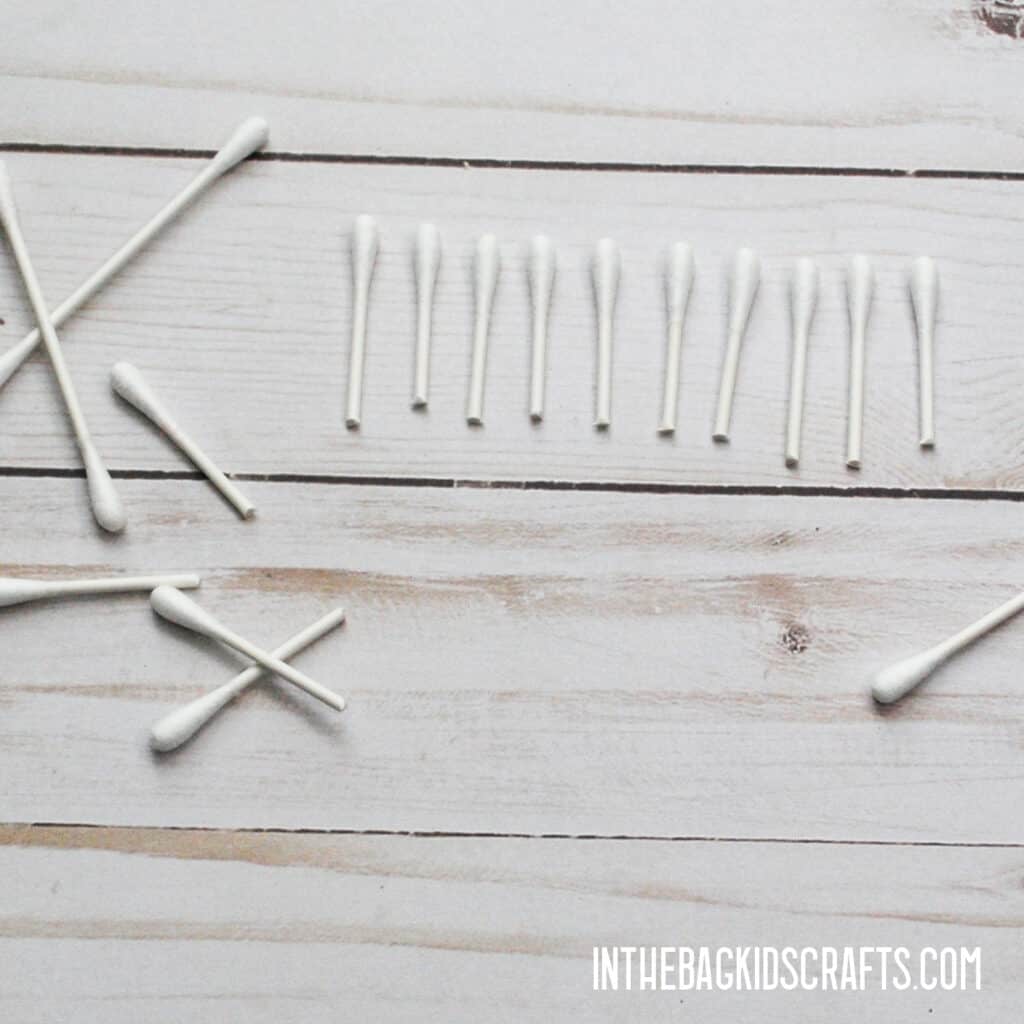
Q-tips are another great item that can be found in just about every home. You can keep them as they are or cut them in half. Here are some ideas for use…
- Simply line them up for counting
- With them cut in half, place them in a piece of styrofoam so that they stand up.
- Combine the q-tips with paint and trace the numbers of a math problem with dots while saying it out loud. Then paint your answer to the math problem.
- Make 10 lines of 10 dots which you can keep together, cut into strips or cut out individually to use as math manipulatives.
Popsicle Sticks
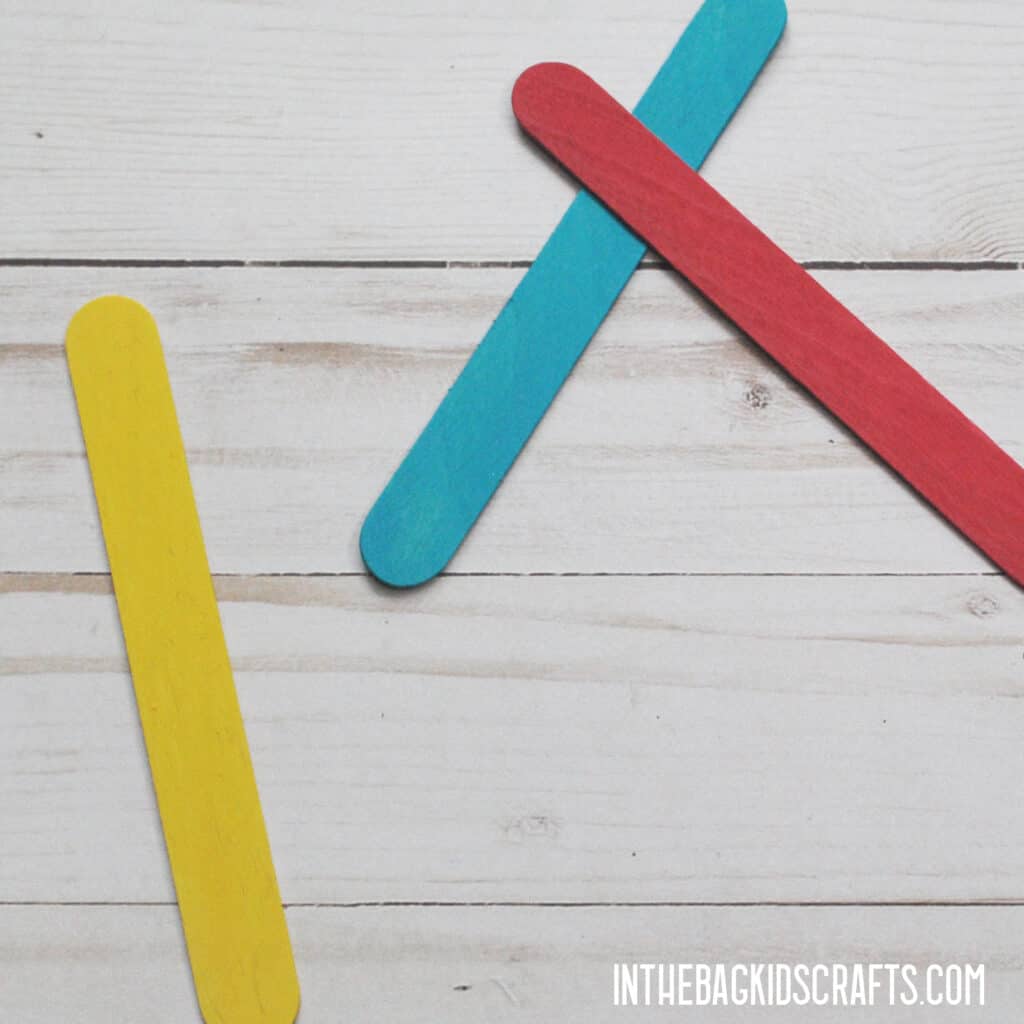
Popsicle sticks can be used on their own or combined with other household items, like clothespins or paperclips. Here are a couple of ideas:
- Paint dots or glue beads onto a popsicle stick to represent a number. Then use them to figure out basic math problems.
- Just use the popsicle sticks individually, each standing for a single item.
- Attach clothespins or paperclips onto a popsicle stick to represent parts of the math problem.

Clothespins
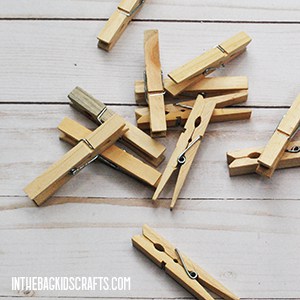
Clothespins are great because they can be attached to anything. They are a great math manipulative on the go. Even attach them to your shirt while working out the problem…3+5= can be figured out by putting 3 clothespins on one sleeve and 5 clothespins on the other sleeve. Then count as you put them together on the bottom of the front of the shirt.
You can also write numbers or groups of dots on the clothespins and move then around at you are figuring out a math problem.
Washi Tape
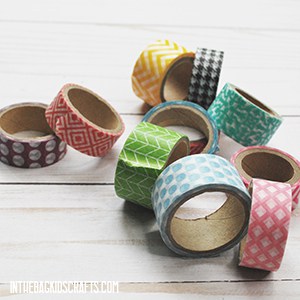
Washi tape can be torn into small strips and then moved around, like hashmarks. Easy peasy. And it comes in lots of great colors and patterns. Plus, I have never met a kid that didn’t like peeling tape off of things…weird but true.
Pony Beads
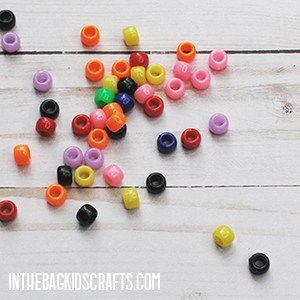
Pony beads are perfect for representing amounts of whatever you want them to be. Move them around, place them in piles or combine them with pipe cleaners to line them up make it easier to count them as you are figuring out your math problems.
Pipe Cleaners
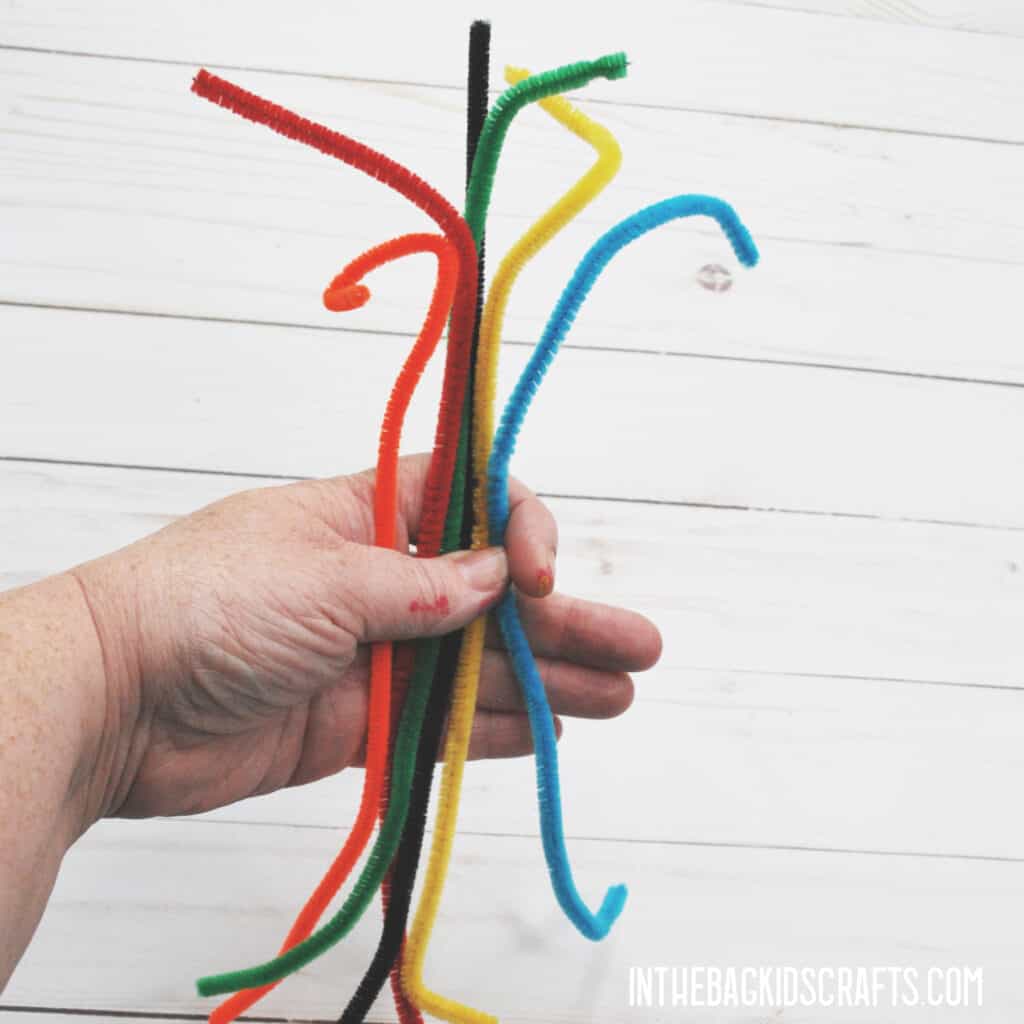
Pipe cleaners can be folded to work on fractions, cut into smaller pieces to use for counting, or as a foundation for beads, clothespins or paper clips.
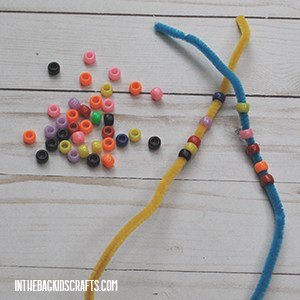
Check out these Other Educational Crafts…
Save these Math Manipulatives to Use at Home. Pin it to your favorite Pinterest board…


